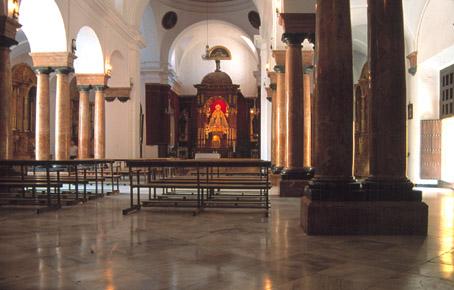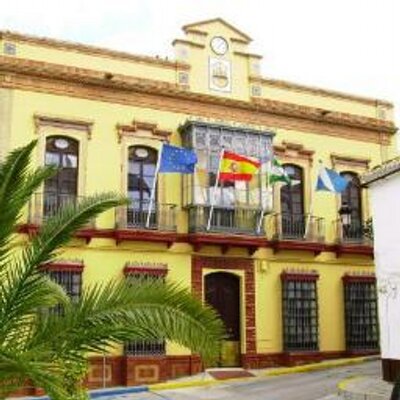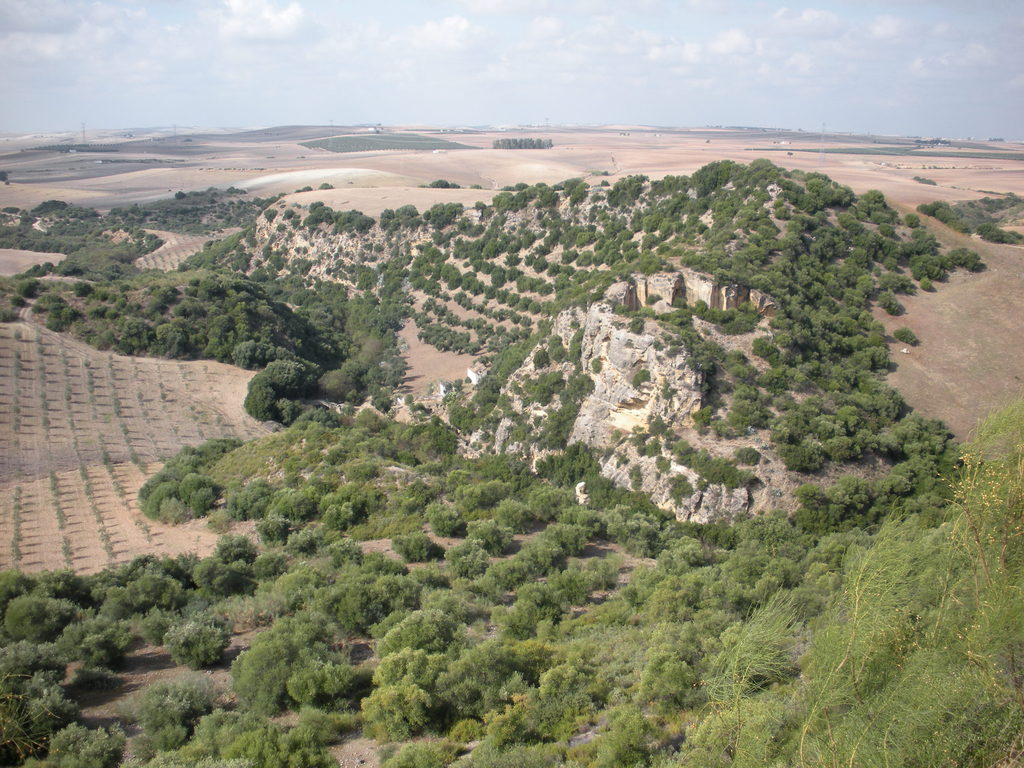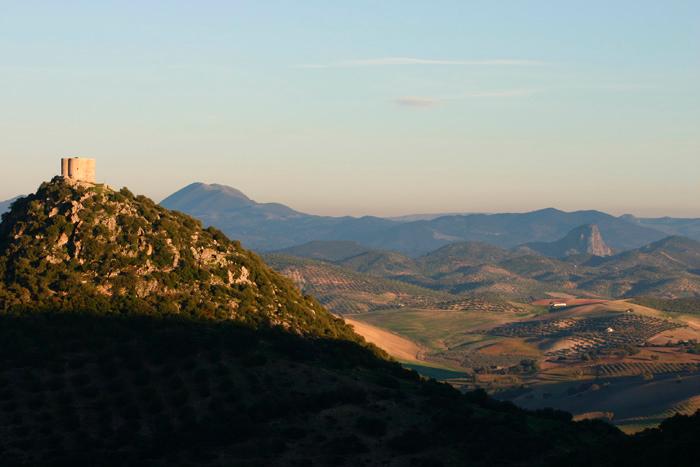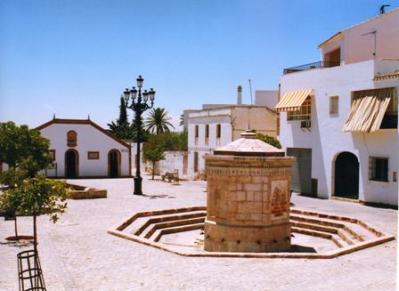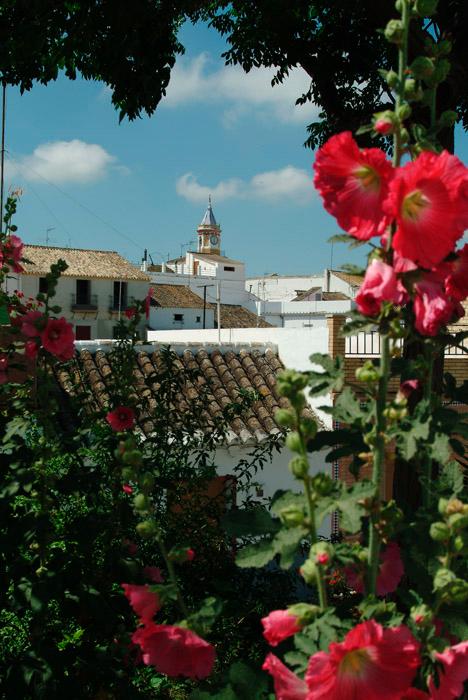Montellano
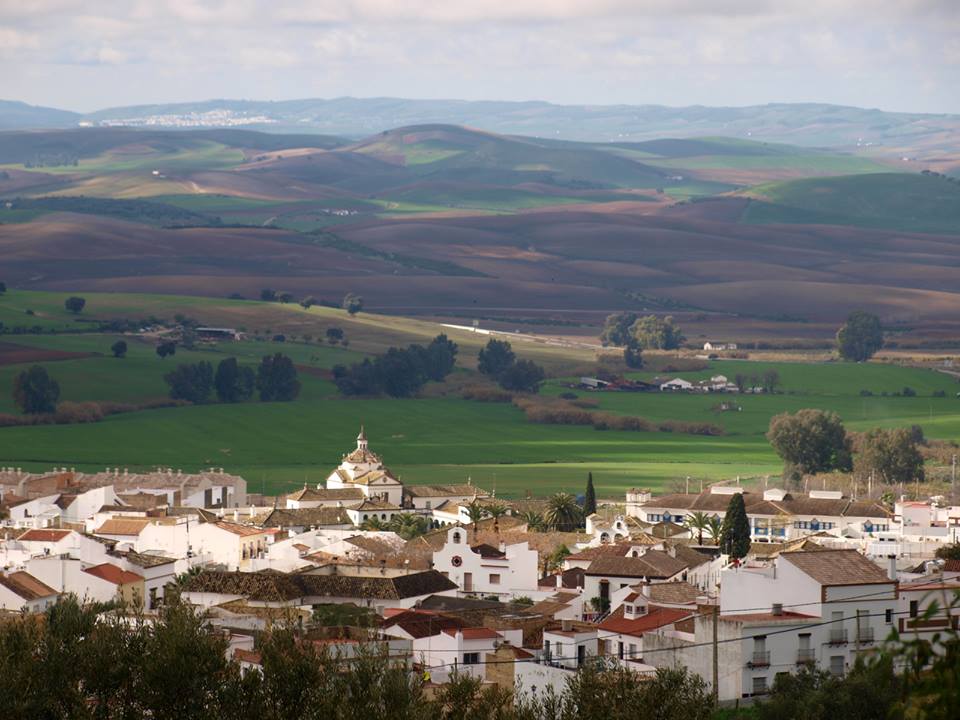
Municipality belonging to the Campiña regions and locate in the south-eastern part of the province, bordering the province of Cadiz. Its landscape consists of fields used to cultivate cereals and olive trees.
Its most important monuments are the Castle of Cotte, the Church of San José, the Hermitage of Cristo de los Remedios, the façade of the Lavader and La Fuente.
History
The first settlements date back to prehistoric times, and remains from the Bronze Age have been found.
Important archaeological sites of Roman origin have been found in different parts of the municipality.
According to the legend, the Vega de los Caballeros, located near the Guadalete river, is where the Muslims finally defeated the Visigothic monarchy.
During the period of Al-Andalus the village acquired importance as part of what was called the Banda Morisca, the border area between the Nazari kingdom of Granada and the Christian kingdoms. The fortress of Cotte was located on the border, strategically placed to control the surrounding country side and one of the routes of access to the Guadalete river.
Following the Christian reconquest shepherds started building their little huts in the hills. These formed the original nucleus of the present-day village, subject to the jurisdiction of Morón de la Frontera and the duchy of Osuna.
In 1788 the king Charles III granted the village the Royal Exemption Charter or Privilege of Township, whereby Montellano became independent and acquired the title of Town.
During the war of Independence it was set on fire twice by the French troops as a reprisal for the hostility of its inhabitants.
Eminent citizens
Francisco Reina, pintor.

- Max 10
- Min 7
- Max 50
- Min 44
- °C
- °F

